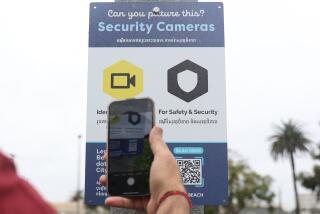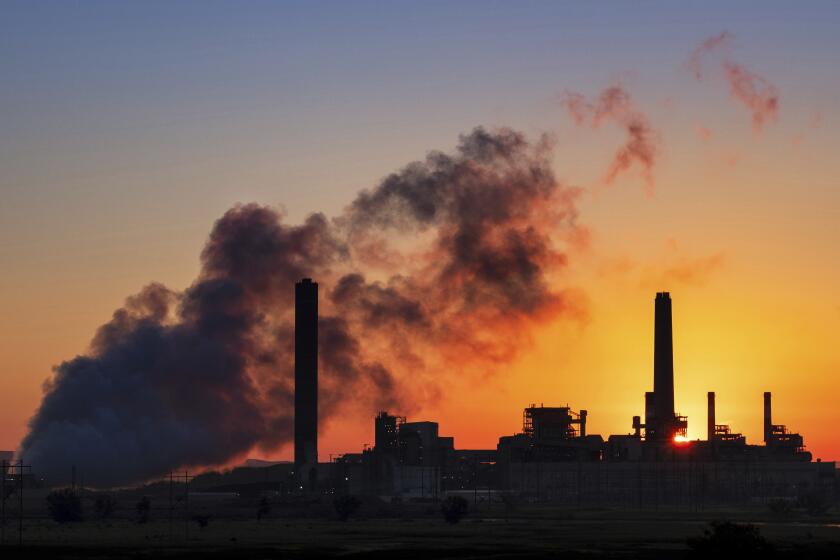Can crime-fighting technology be used to secure power stations?
With the shooters who attacked a Silicon Valley power station last April still at large and Congress increasing pressure on utilities to do more to protect such facilities, electricity companies are looking at a new security technology popular among urban police forces.
Sensors that can immediately track, within 10 meters, the location of gunfire will soon be tested at two power stations. An executive at the Bay Area firm that manufactures that technology, ShotSpotter, said public safety concerns preclude him from disclosing exactly where.
The test run comes as the FBI remains flummoxed by the shooting at the Pacific Gas & Electric Co. power station near San Jose. The attack on the transformers caused considerable damage and came dangerously close to knocking out power in Silicon Valley.
Energy experts, including the former chief of the Federal Regulatory Commission, have since warned that the assault could have been a dress rehearsal for a larger attack on electricity infrastructure. A coordinated series of similar shootings, they say, has the potential to knock out power in a large part of the West for an extended time.
The ShotSpotter audio sensors can triangulate the sound of a gunshot to pinpoint its exact location and send an alert to law enforcement. The technology is used by police forces across the country, including in the city of South Gate, parts of Oakland and a large swath of Washington D.C. It costs $150,000 to $200,000 to install at a substation, plus annual monitoring costs of about $20,000.
“Guns are fired illegally and in criminal ways far more than people expect,” Clark said. “Many of the people in the urban communities most afflicted are the least likely to call 911. We can correspond the shooting to an address, and then even tell law enforcement to look for the shell casings in the front yard or back yard.”
Clark would not speculate about whether such technology would have enabled law enforcement to quickly nab the shooters at the Metcalf substation near San Jose, but that’s the general idea. In the next month or two, he said, the company will run a series of simulations to make sure the technology can perform without interference amid the magnetic and noise interference associated with power plants.
“We know this has been a real solution in urban settings,” Clark said. “We believe it can work at utilities.”
As power companies continued their scramble to upgrade security operations, three members of Congress from Silicon Valley called on Homeland Security Secretary Jeh Johnson on Friday to disclose more information about how his department responded to the April attack and to provide recommendations for preventing power station attacks.
“As we understand it, rolling blackouts throughout our region were narrowly averted,” said the letter, signed by Democrats Zoe Lofgren, Anna Eshoo and Mike Honda. “A larger attack is not difficult to imagine and the effects could be crippling.”
Twitter: @evanhalper
More to Read
Sign up for Essential California
The most important California stories and recommendations in your inbox every morning.
You may occasionally receive promotional content from the Los Angeles Times.











